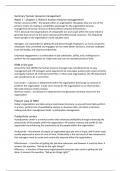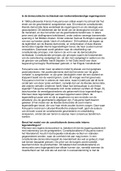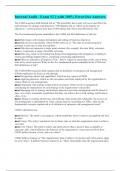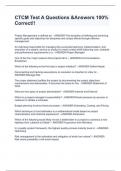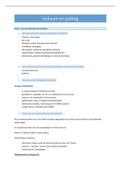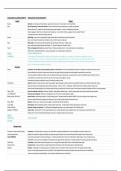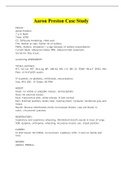Samenvatting
Summary Human Resource Management B&M (EBB617B05)
- Vak
- Instelling
- Boek
Complete summary for the course Human Resource Management B&M (EBB617B05). B&M course for FEB bedrijfskunde 2nd year and FEB pre-master programs. Complete coverage of the book theory needed for this course. Chapters 1, 2, 4, 5, 6, 8, 11, 12, 16.
[Meer zien]
